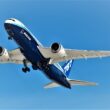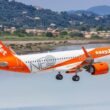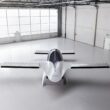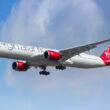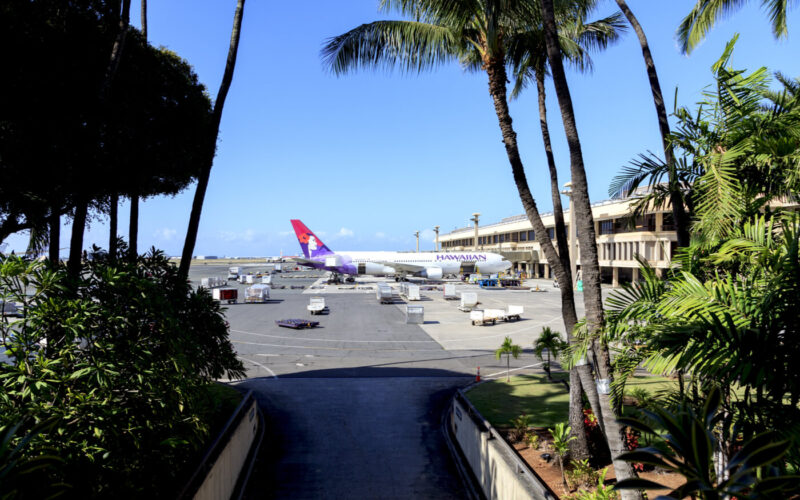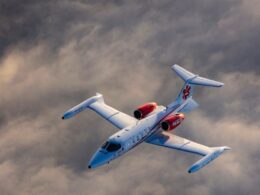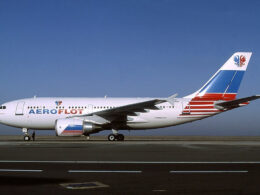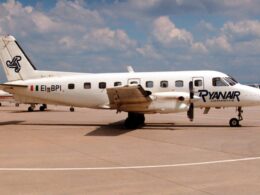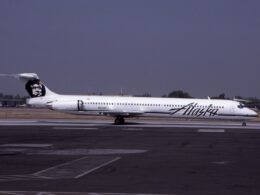After saying Aloha for the first time in 1929, Hawaiian Airlines is proudly counting 90 years of operations as of 2019. Throughout this time, the airline faced various headwinds, including two bankruptcies, but never had a single fatal crash or even a haul loss, for that matter.
Inter-Island Airways, as the airline was known back then, was established in January 1929. On November 11 the same year, it launched its first scheduled service, taking off from Honolulu to Hilo (with two stops in Molokaʻi and Maui) by using one of its two Sikorsky S-38 amphibian aircraft.
90 years ago today on the morning of November 11, 1929, Inter-Island Airways inaugurates commercial service between the islands. Hau‘oli Lā Hānau @HawaiianAir. Congratulations on 90 years of flying. #Hawaiian90 #90YearsOfHawaiian pic.twitter.com/vmAmZbiyRF
— Hawaii Aviation ✪ (@HawaiiAviation) November 11, 2019
As the original title suggests, at the dawn of its history Inter-Island Airways was a rather small airline mostly operating flights among Hawaiian (HA) islands using amphibian planes. A decade later, things slowly started to change when it began introducing new type of aircraft to the fleet. In 1941, it added propeller-driven Douglas DC-3 aircraft, replacing its Sikorsky S-38 and Sikorsky S-43 flying boats.
The new aircraft for the first time carried the name by which the carrier is known today ‒ Hawaiian Airlines. Some twenty years later (1966), another Douglas aircraft, the Douglas DC-9-10, brought the airline to the jet age.
Hawaiian (HA) began introducing itself to the outside world in the 1980s. Facing intense competition on inter-island routes, it first commenced charter services to the South Pacific and, later, to the rest of the Pacific employing the Douglas DC-8 aircraft for the tasks. In the middle of the decade, the airline finally joined the competition against other U.S. carriers by launching Honolulu to Los Angeles service with a leased Lockheed L-1011 TriStar in 1985. More routes to the U.S. West Coast followed, with new services to San Francisco, Seattle, Portland, Las Vegas, and Anchorage opened in 1985-86. In 1986, the airline also expanded its network with flights to Australia and New Zealand.
Then came the trouble. Hawaiian (HA) experienced the bitter taste of bankruptcy in 1993. Following years of mounting-up losses, it filed for Chapter 11 protection in September that year. Cost cutting, fleet changes and Kapalua Airport sale (opened just six years prior ‒ in 1987) came into fruition exactly one year later, as the airline officially overcame it woes in September 1994. Yet in 2003, Hawaiian Airlines found itself in the same situation, as it had to file for bankruptcy protection for the second time. It took the company two years to fix the finances before it could exit bankruptcy protection in June 2005.
Since then, Hawaiian Airlines has grown its fleet and passenger numbers approximately twice in size and boosted revenues by four times. Today, the airline operates a fleet of 61 aircraft which is a mix of Airbus A321s, A330s and good-old Boeing 717s. From hubs in Daniel K. Inouye International Airport (Honolulu, Hawaii, HNL) and Kahului Airport (OGG), it not only serves Hawaii, but also flies to destinations in the United States (both East and West Coasts), Australia, New Zealand, South Pacific islands, and East Asia (as well as Vietnam).
So what is next for Hawaiian Airlines before it hits centenary? The focus remains on “building a foundation for our future as the world’s best premium leisure airline”, as the airline’s investor presentation outlines. Working on sustaining competitiveness, improving cost structure, and “focus on delivering to our guests products and features they value”, the carrier is awaiting 2021 when new aircraft type, Boeing 787-9 Dreamliner, starts entering its fleet, opening up new possibilities for long-haul routes.

